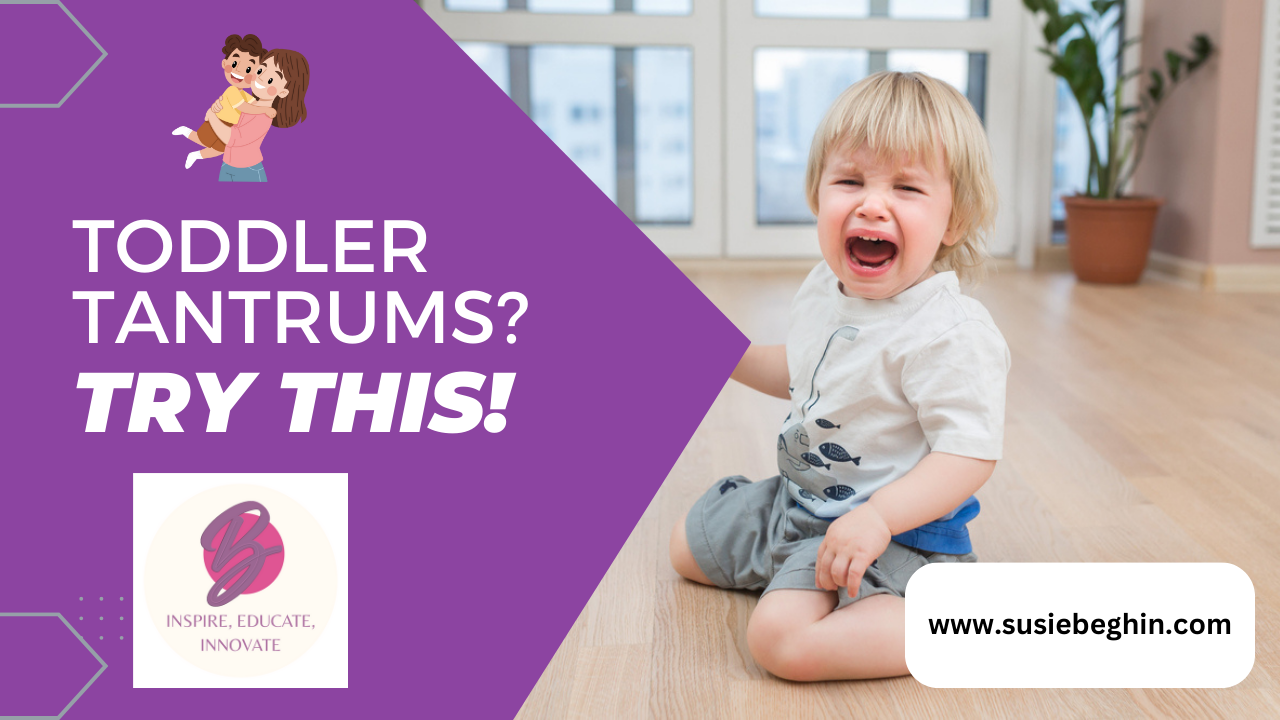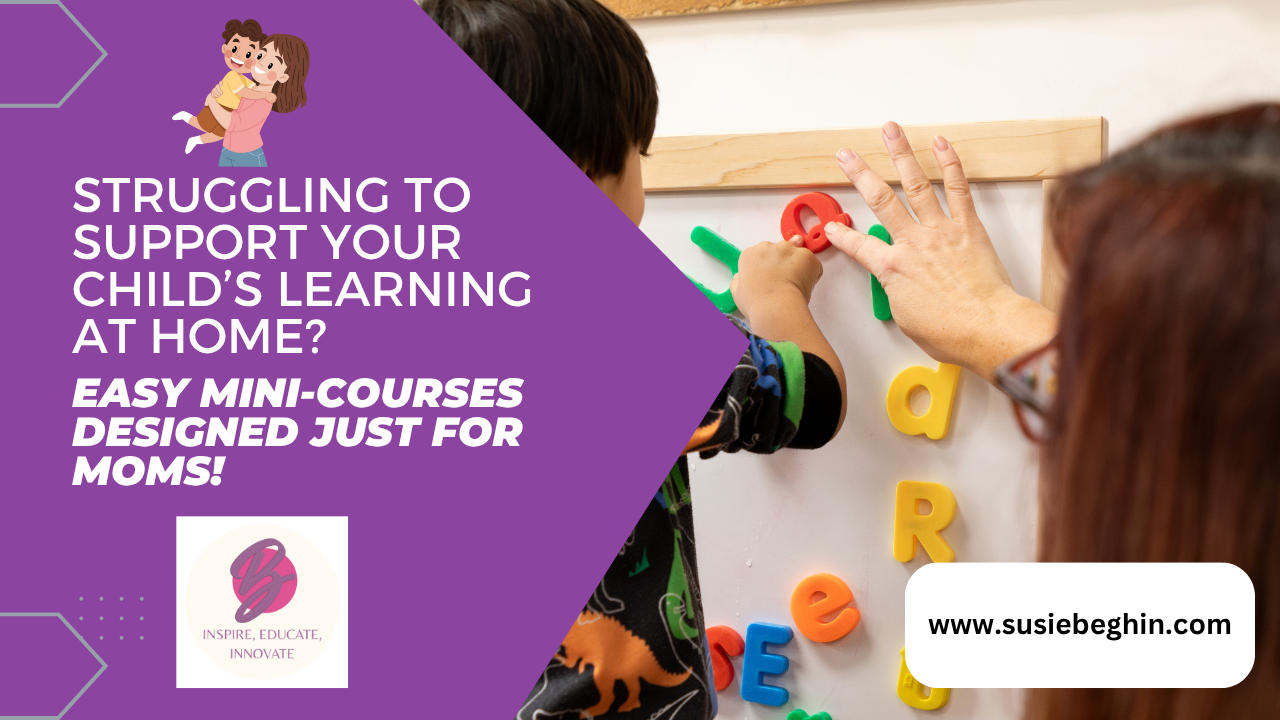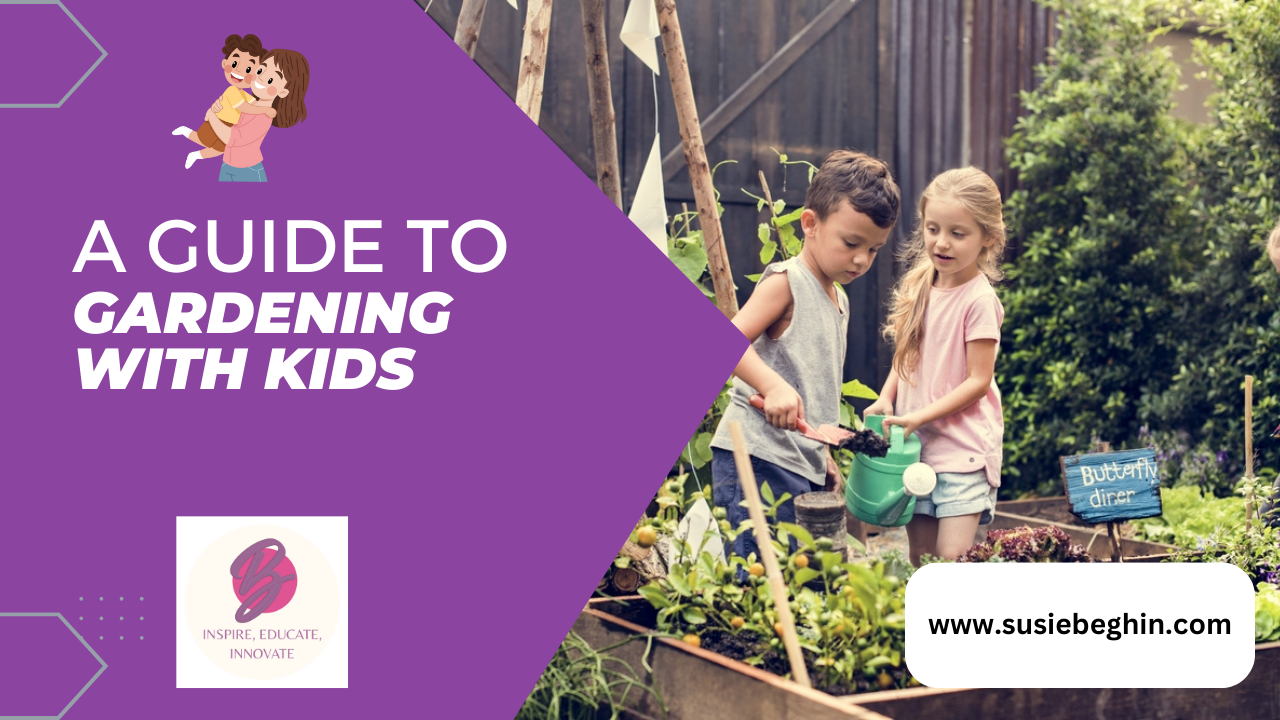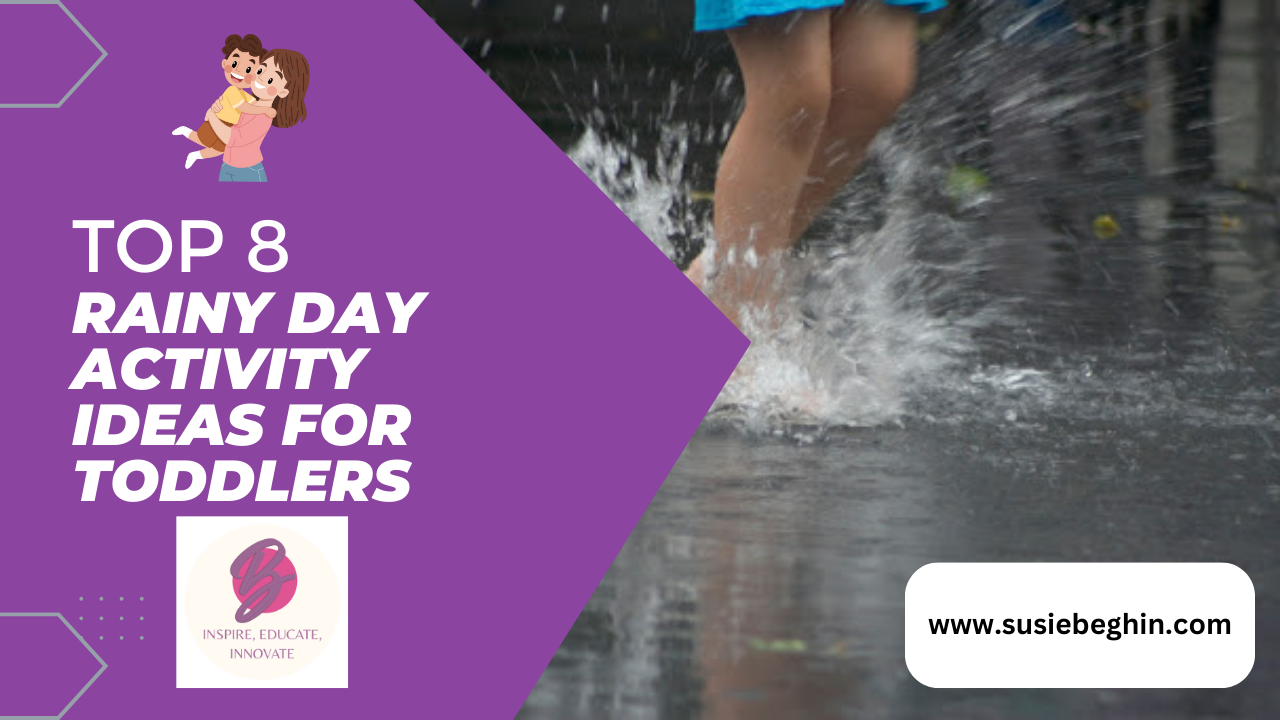Dealing With Toddler Tantrums – 5 Tips
Dealing With Toddler Tantrums – 5 Tips

Toddler tantrums got you feeling frustrated? Toddler tantrums are a normal part of a child’s development. It’s our job as caregivers to know how to react to the tantrum so that we can help children learn from them. Here’s five tips to help you handle those meltdowns.
1. Stay calm
This is probably the hardest thing to do since you don’t like to see your child in distress. As a caregiver, your child’s emotions are linked to your own emotions. Your child will react to your emotions and reactions. Reacting by being upset, shouting or frowning could make it difficult for them to calm down. Instead, try to stay calm (including your own body language) to help your child to regulate their own difficult emotions.
2. Acknowledge their feelings with empathy
Validate your child’s emotions by naming them and accepting them. Use empathy to show the child that you understand what they want. You can say “I see that you are angry because you couldn’t have that candy you wanted.” This helps the child know that you understand their perspective.
3. Offer choices or distractions
Give limited options or redirect attention to get past the tantrum. This can be a little tricky. When they are in the middle of a meltdown, they may not be open to other options. Use redirection to shift the child’s focus to something else that they would normally prefer. If possible, offer calming activities such as sensory play (sand/water/Playdough) to help them calm down after a tantrum.
4. Offer comfort, connection and set the boundary
Speak in calm, soft tones. Offer a hug or other gesture of comfort. Offer a safe space where they won’t get hurt by their actions. This might include carefully moving them so they are not a danger to themselves. Stay close by without being in the line of fire. If a child is biting, hitting or kicking, stay clear and set the boundary. For example, while you move away from them you can say ”It’s ok to be angry but it’s not ok to hit me.” Avoid saying “calm down” as this generally doesn’t help.
5. Avoid lengthy conversation until after the child has calmed down
This is not the time to try to have a discussion with the child about their behaviour or what led to the behaviour. Your child is not able to listen to you when they are dysregulated. They cannot reason in a rational way. Keep your interactions short with just a few words to let them know you are there for them. When the tantrum is over, you can talk about it in a calm and rational manner. For example, you can talk about what to do when they are angry (e.g. stomp feet, punch a pillow).












